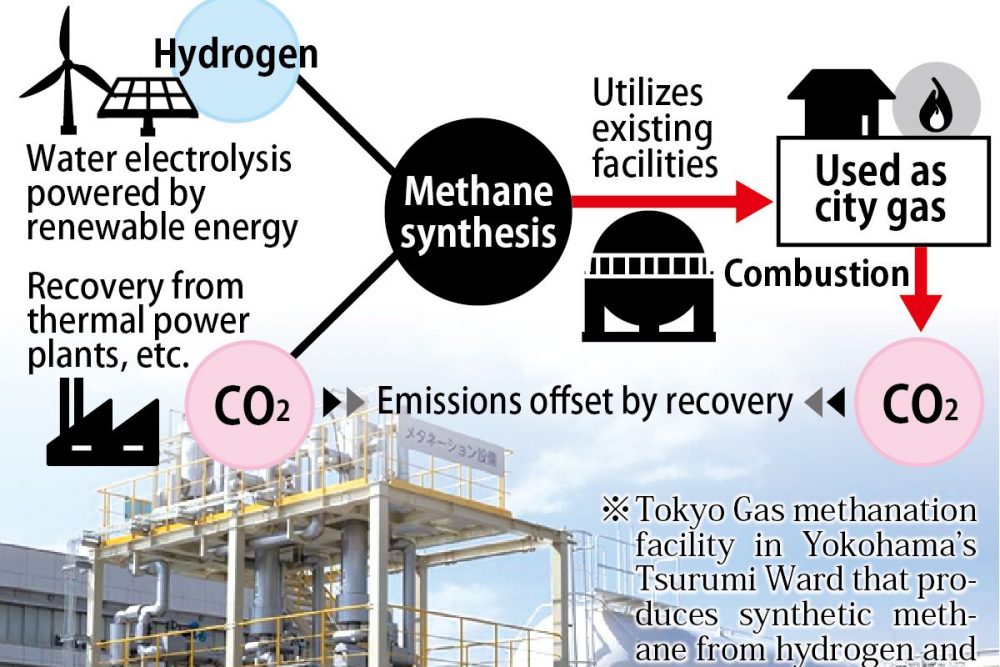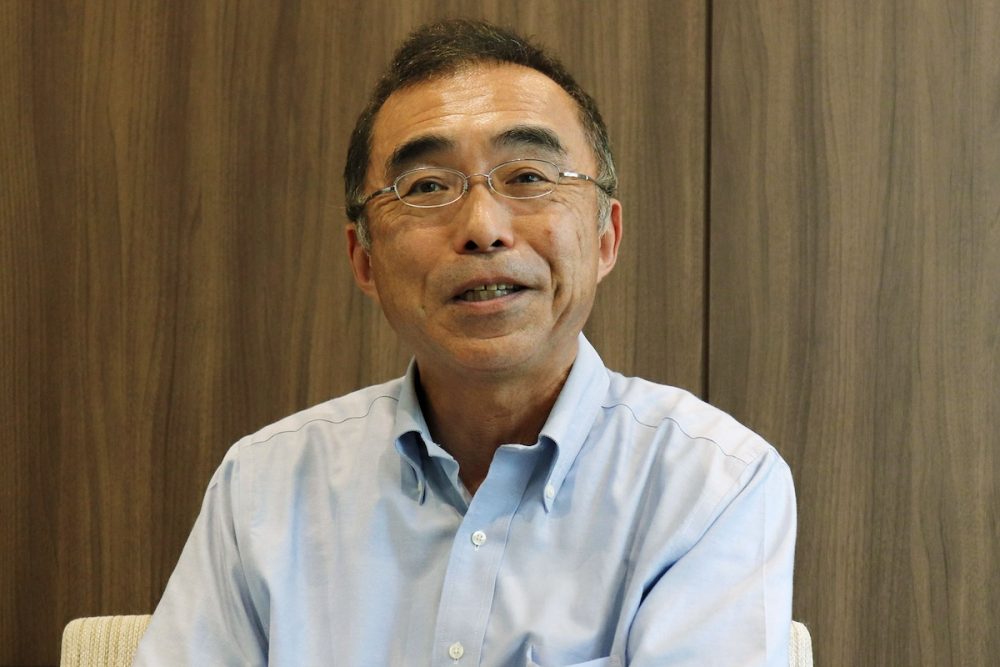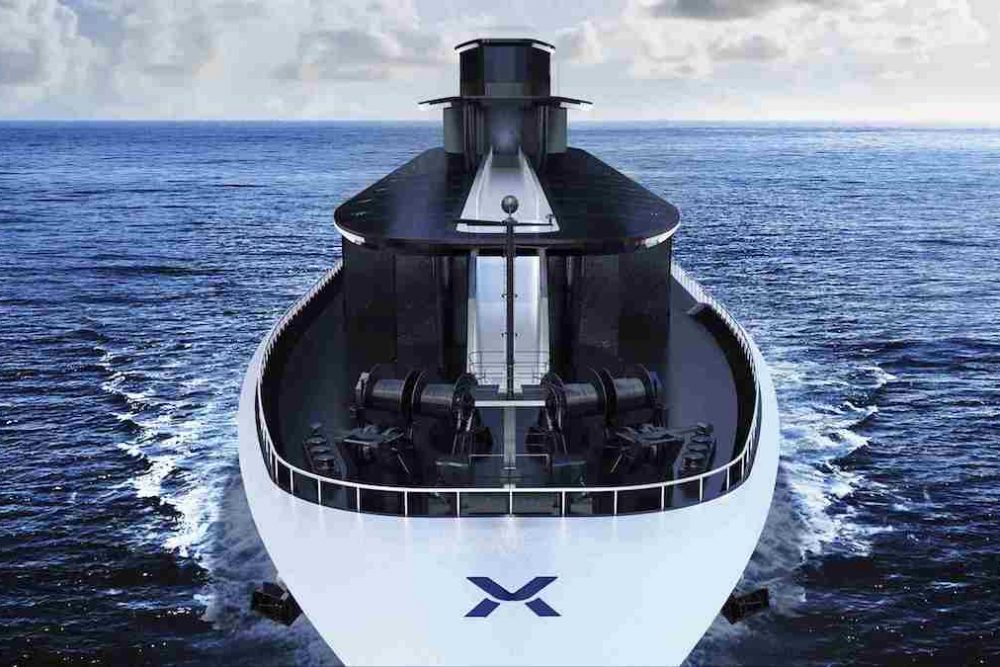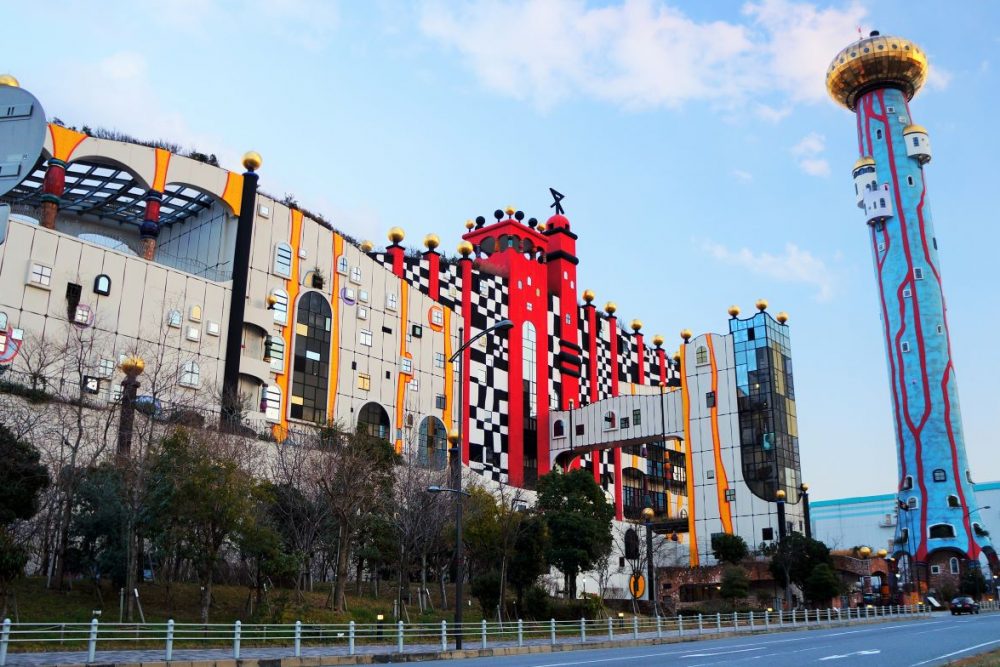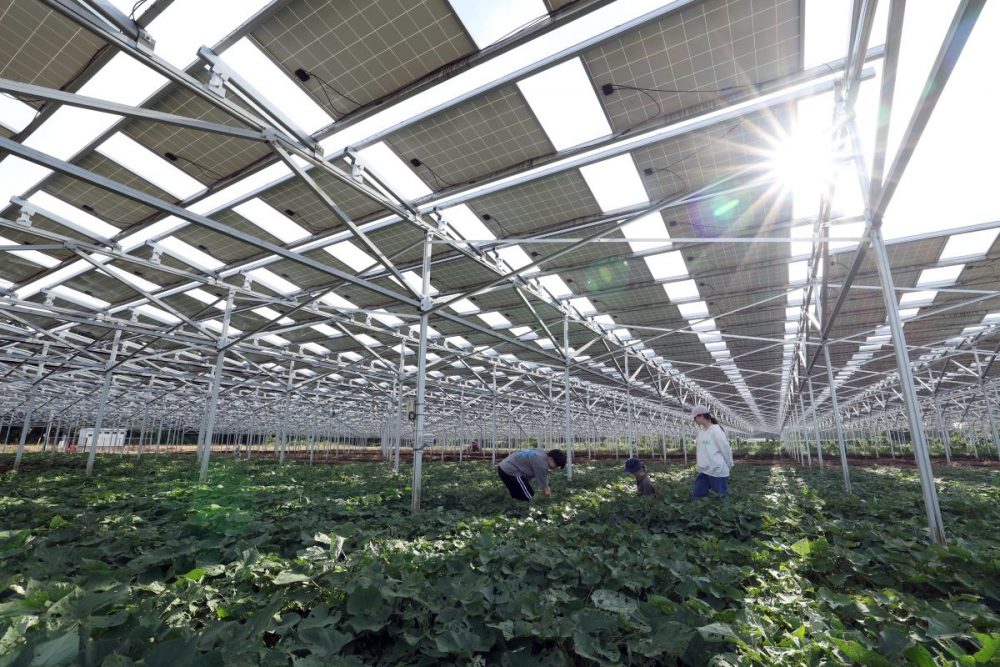Waste-to-Energy: An Effective Solution with a Not-In-My-Backyard Problem
Energy efficient waste-to-energy plants are on the rise, but cities like Nara still face challenges in finding new sites due to opposition from residents.
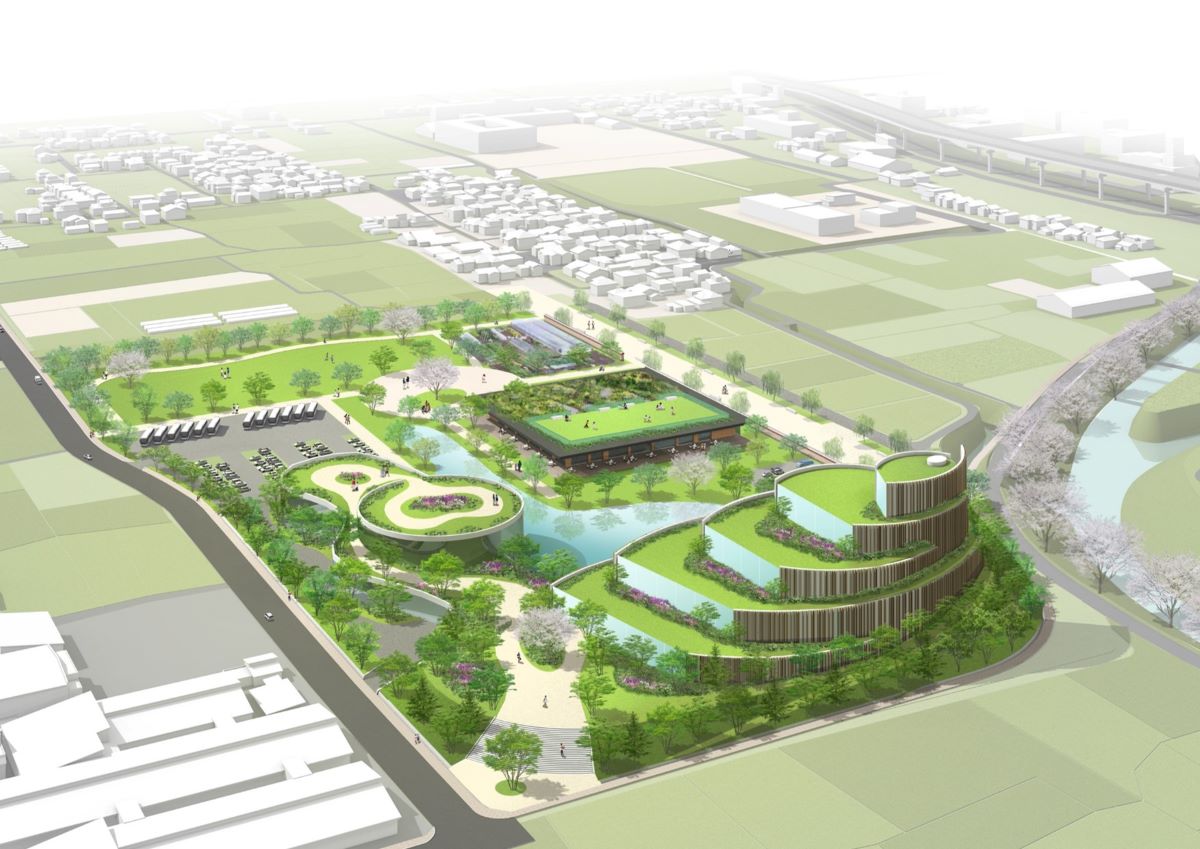
このページを 日本語 で読む
As Japan's population declines, waste processing facilities are increasingly being consolidated. The roles they play in society are changing too. But cities face challenges when trying to construct new facilities to replace aging ones. Residents often oppose incinerators due to noise and odor concerns. One solution gaining traction is the waste-to-energy plant that utilizes the heat from waste incineration for power generation. Electricity generated from burning trash can be used to power public transportation or various other city functions.
Decommissioning Aging Incinerators
"We want to erase the negative image of waste treatment facilities."
Nara Mayor Gen Nakagawa announced plans for a new facility in February 2024. The "clean center" plan includes a power generation plant built alongside the waste incinerator.
With a population of 350,000, Nara urgently needs to relocate its aging waste treatment facility. The city's current facility in its Sakyo district has been in operation since 1982.
A typical incinerator has a lifespan of about 30 years. Now over 40 years old, the facility has experienced breakdowns in recent years that have resulted in delays in incineration. In some instances, waste had to be transported outside the city and even outside the prefecture for treatment.
This current incineration plant has a history of problems. Residents filed a suit over environmental issues, resulting in a settlement in 2005 that stipulated a plan for the facility's relocation. Despite a committee formed by citizens and experts to find a new site, it has not been smooth sailing for the relocation process.
Considering its declining population, Nara explored broader regional cooperation for the new facility. But resistance from neighboring municipalities halted these efforts.
Amid this process, Nara's Shichijo district emerged as a strong candidate for relocation. However, opposition from residents again led to delays.
Seeking to break the stalemate, Mayor Nakagawa proposed a power generation plant that would address energy efficiency concerns as well as waste processing.
Energy Efficiency
According to the Ministry of the Environment, waste generation nationwide fell from 44.87 million tons in 2013 to 40.34 in 2022 alongside the shrinking population. Waste incineration facilities also dropped from 1,172 in 2013 to 1,016.
Despite this decline, existing facilities are aging and need to be replaced. As such, construction of waste-to-energy facilities is on the rise. As of 2022, the number of incinerators with waste-to-energy capabilities reached 404, including those under construction or temporarily shut down.

The total annual power generation from these facilities stands at 13,331 GWh. The amount of power is equivalent to the annual electricity consumption of roughly 2.6 million households.
These facilities generate electricity from waste incineration, making use of energy that would otherwise be wasted. They contribute to reduced fossil fuel use in thermal power generation and thus lower carbon dioxide emissions. Another benefit is the stable power generation these facilities can provide.
Utilizing the Energy
Cities are finding various ways to utilize the electricity generated from waste-to-energy facilities.
In Tochigi Prefecture, a next-generation light rail (LRT) began operating between Utsunomiya City and Haga Town in August 2023. The system runs entirely on renewable energy, including electricity generated at Utsunomiya City's waste processing plant and solar power purchased from citizens.
The initiative is expected to reduce CO2 emissions by about 9,000 tons annually. Passengers can contribute to decarbonization just by riding the tram.
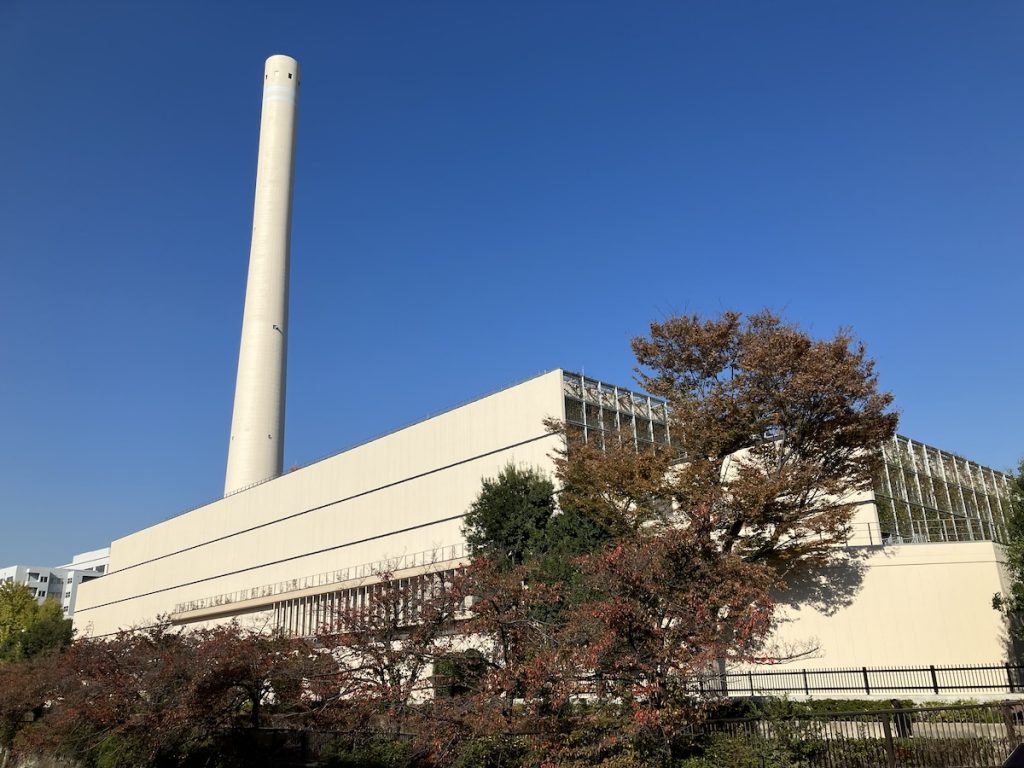
In Yokote City of Akita Prefecture, three aging incineration plants were consolidated into a new waste-to-energy facility in 2016. The electricity generated is used to power the waste processing facility itself, while excess electricity is sold. During cold weather, heat from the incineration process is used to keep underground pipes warm to prevent freezing.
Landfill Shortages
Yet progress is still stalled in Nara, despite the announcement of the waste-to-energy plan. Opposition from residents and local councils continues, with no solution in sight.
"Waste-to-energy not only recycles waste into energy but also reduces waste's volume through incineration. In metropolitan areas, it's increasingly difficult to secure landfill sites, making waste-to-energy a viable solution for the future," commented a representative of the New Energy Foundation (NEF), an independent research institute focused on new energy sources.
According to NEF, communicating both the benefits and drawbacks of waste-to-energy facilities to residents and local councils is critical.
このページを 日本語 で読む






